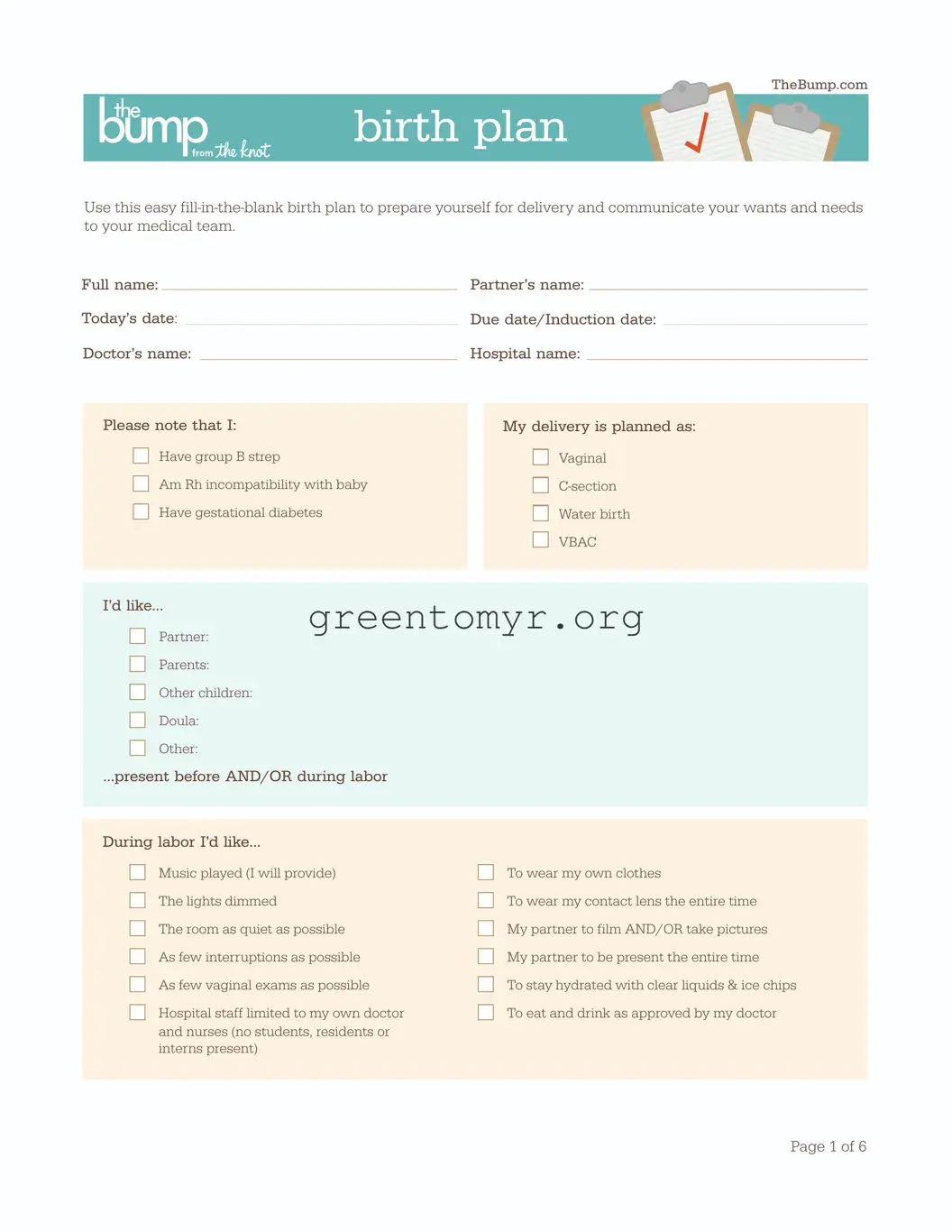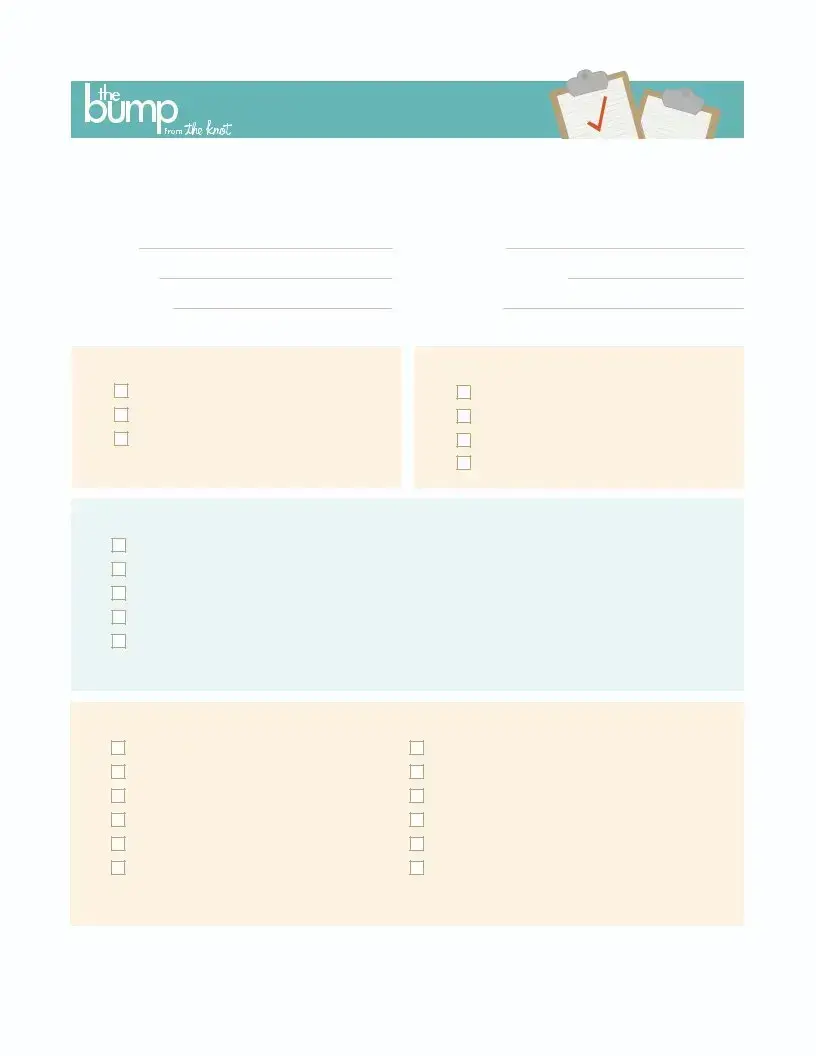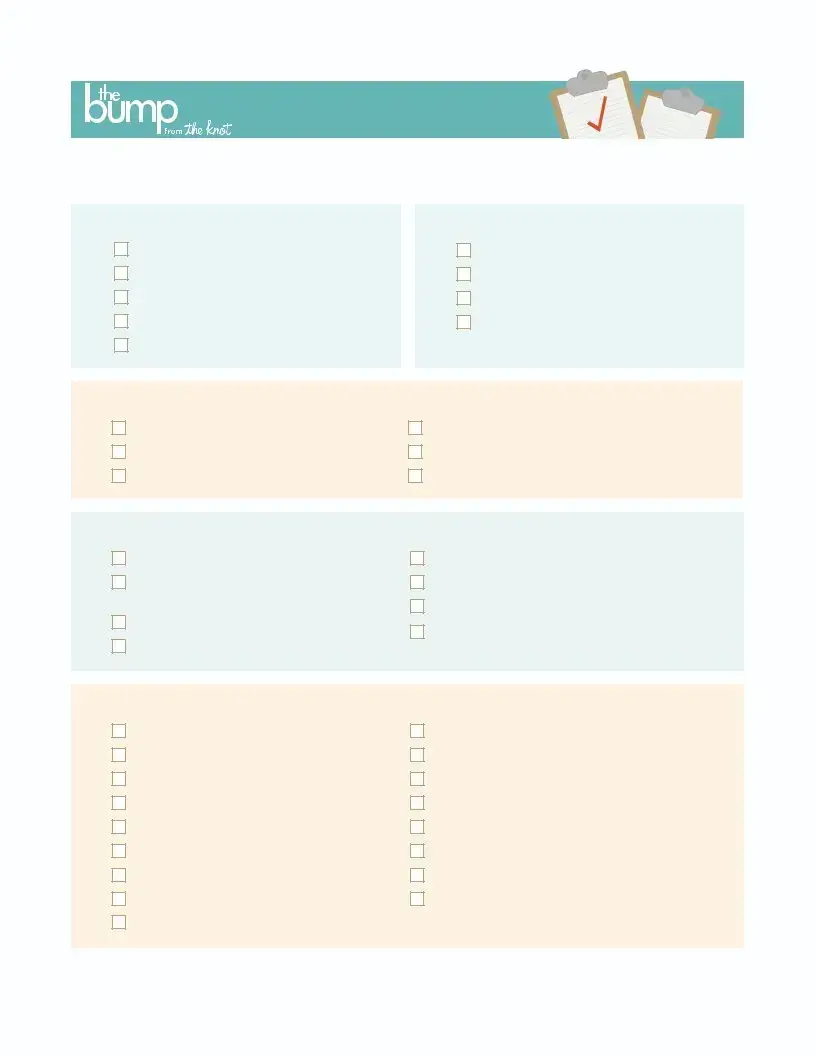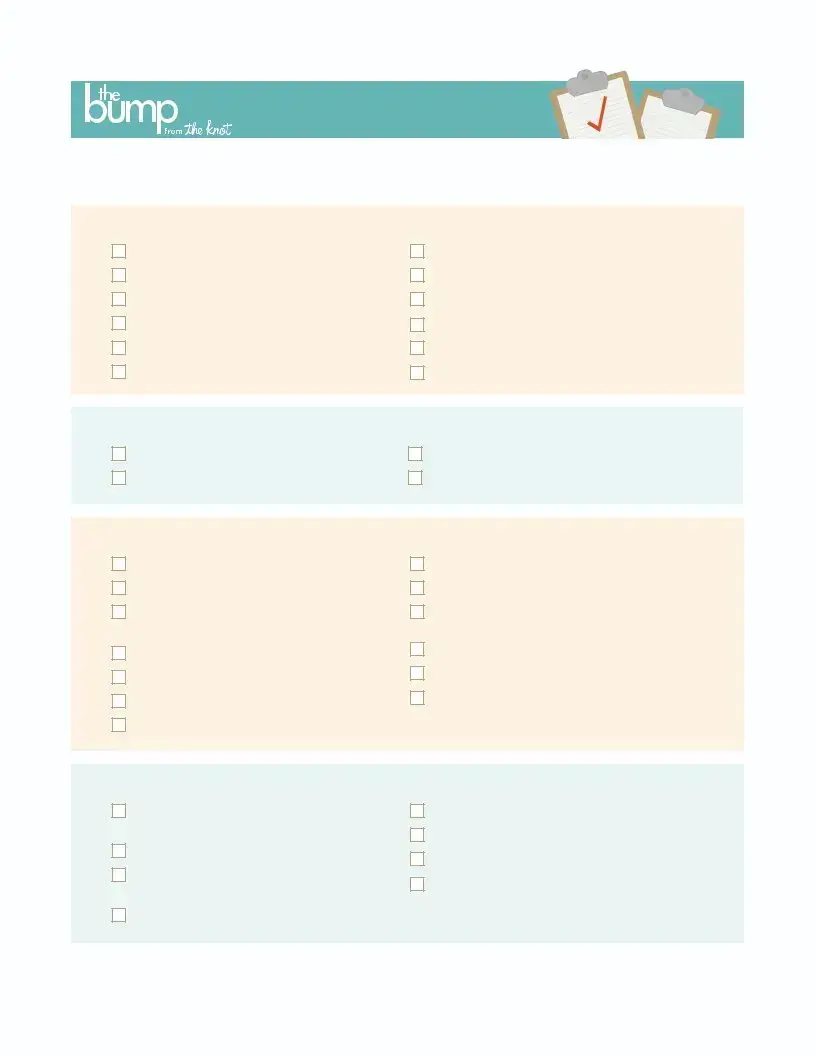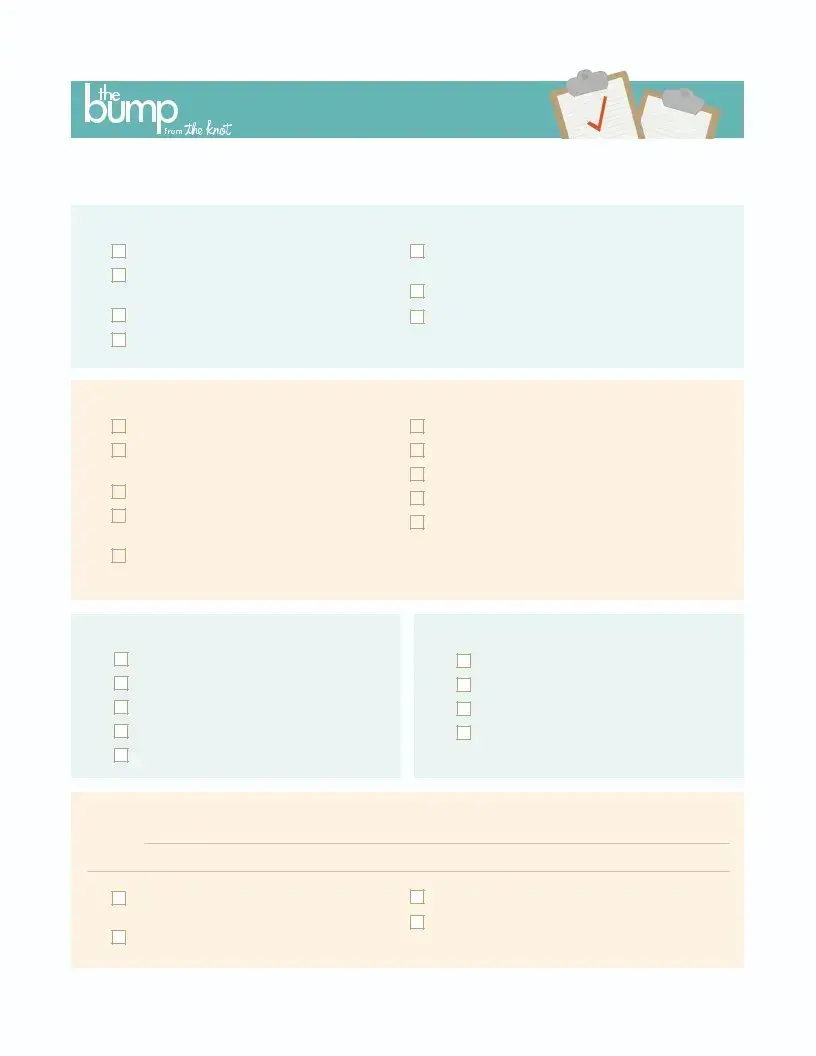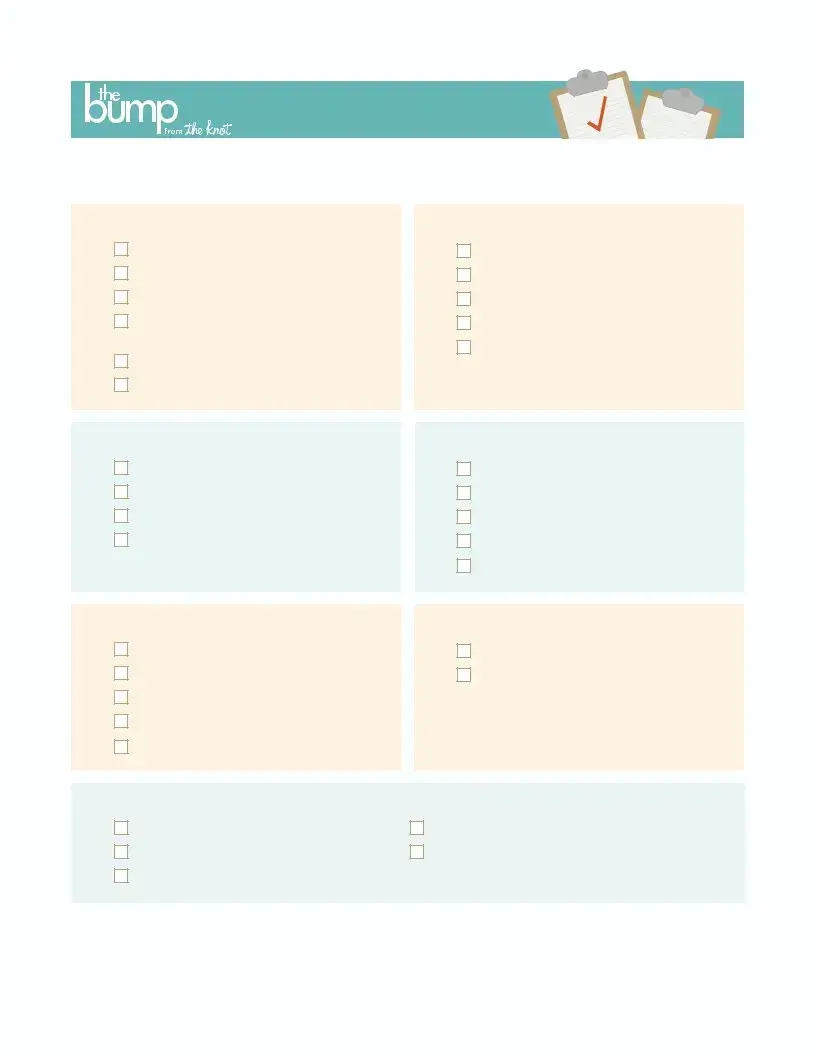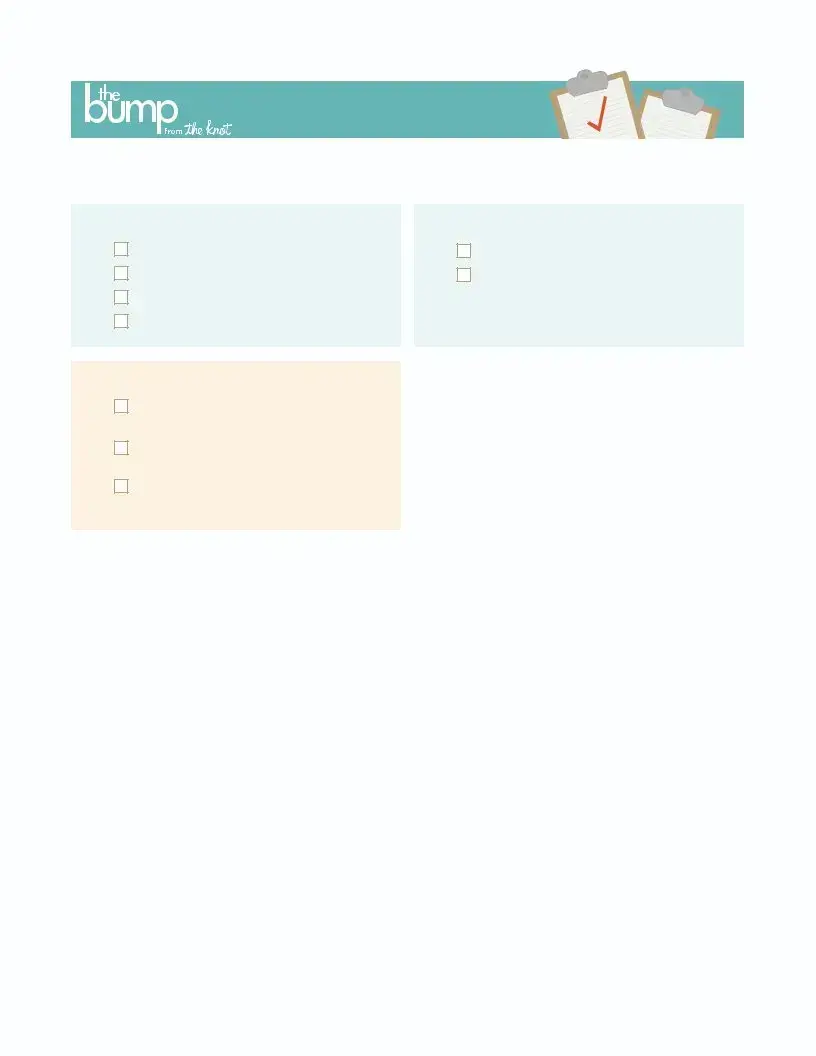What is a Birth Plan?
A Birth Plan is a document that outlines your preferences for labor and delivery. It serves as a communication tool between you and your healthcare team. This plan can include your wishes regarding pain management, labor positions, and post-delivery care for you and your baby.
Why is it important to have a Birth Plan?
Having a Birth Plan can help ensure that your wishes are respected during labor and delivery. It facilitates discussions with your healthcare provider about your preferences. While birth can be unpredictable, a plan provides a framework that helps align expectations and prepare everyone involved for the birth experience.
What should I include in my Birth Plan?
Consider including the following elements in your Birth Plan:
-
Your preferences for labor positions
-
Types of pain relief you wish to use
-
Whether you want continuous monitoring during labor
-
Your thoughts on interventions such as episiotomies or cesarean sections
-
Who you would like to have present during labor and delivery
-
How you envision the immediate care of your newborn
Can I change my Birth Plan later?
Yes, your Birth Plan is not set in stone. It can be adjusted as your pregnancy progresses or even during labor. Flexibility is important, as circumstances may arise that require a deviation from your initial preferences. Discussing any changes with your healthcare provider is essential.
How does the Birth Plan affect my care team?
Your Birth Plan provides vital information to your care team. It helps healthcare providers understand your preferences and expectations. Sharing this document early on allows for better planning and ensures that your wishes can be accommodated to the extent that medical considerations allow.
What if my preferences cannot be met during delivery?
While a Birth Plan is a valuable guide, unexpected situations can arise during labor and delivery. If your preferences cannot be fulfilled, your care team will explain the reasons. Their primary goal is to ensure the safety of both you and your baby. Open communication is key during such moments.
Do I need to submit my Birth Plan to the hospital?
It is advisable to share your Birth Plan with your healthcare provider and the hospital where you plan to deliver. This can typically be done during prenatal visits. However, there is no formal submission process necessary. Simply ensuring that your provider and care team have a copy will suffice.
Can I use a Birth Plan if I'm planning a cesarean section?
Yes, you can create a Birth Plan for a planned cesarean section. Outline your preferences for the procedure itself, including aspects like anesthesia, support persons, and immediate newborn care. Discuss these preferences with your healthcare team to address any specific questions or concerns.
How can I communicate my Birth Plan effectively?
Effective communication of your Birth Plan is crucial. Consider scheduling a dedicated time with your healthcare provider to discuss the document in detail. Be open to questions and discussions. Sharing a physical copy of your Birth Plan with your care team upon arrival at the hospital can also facilitate clear communication.
